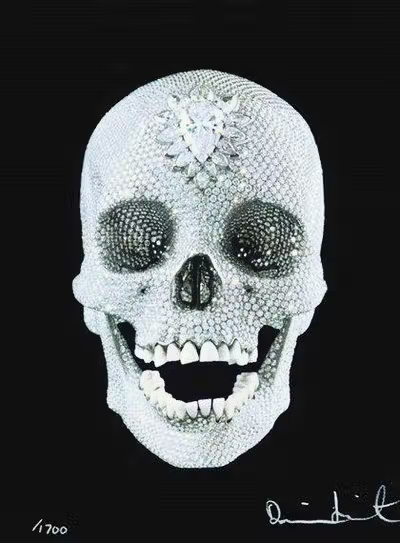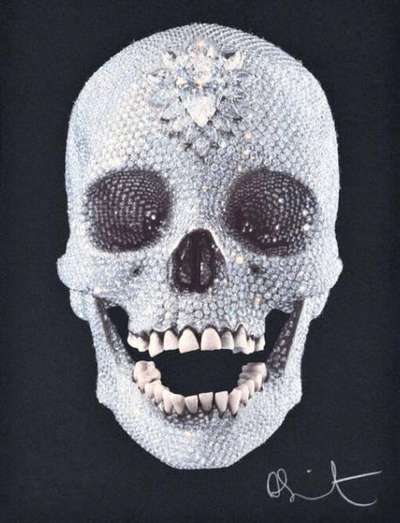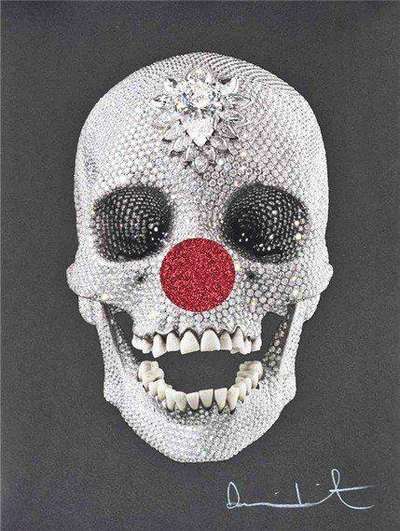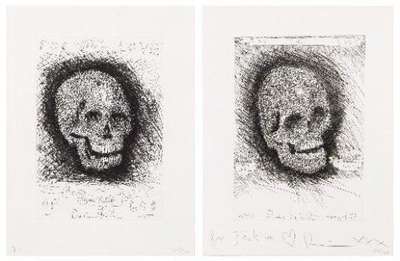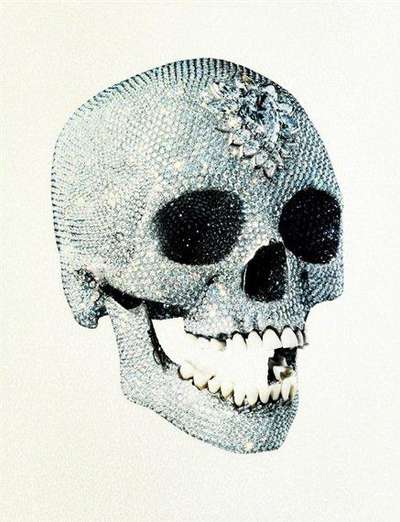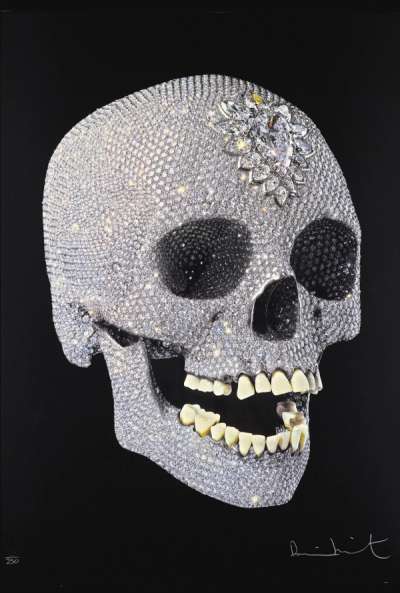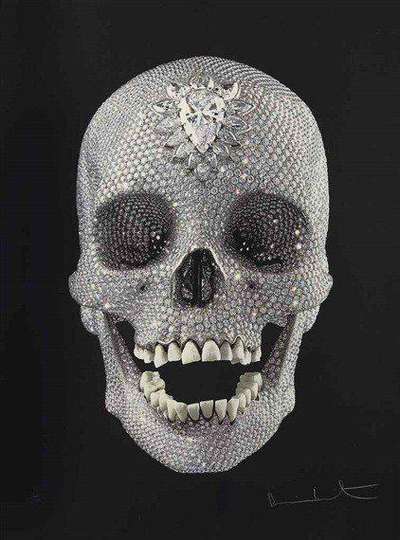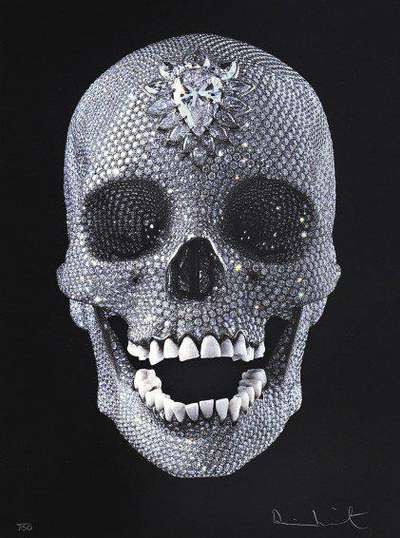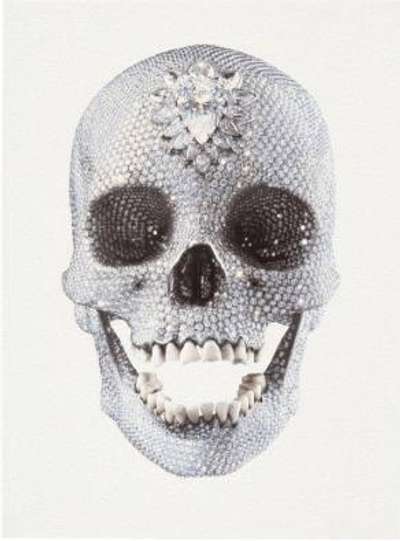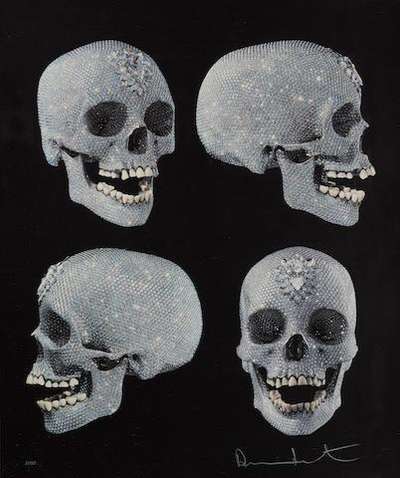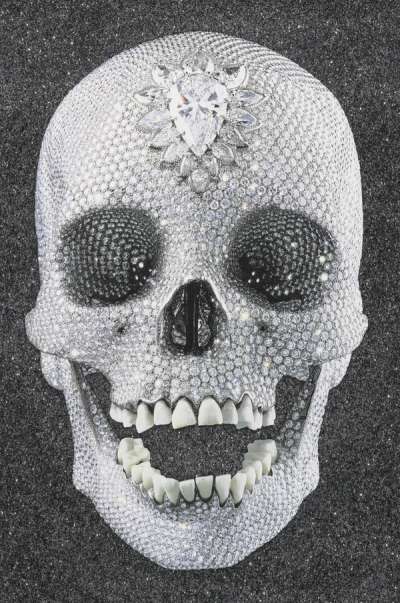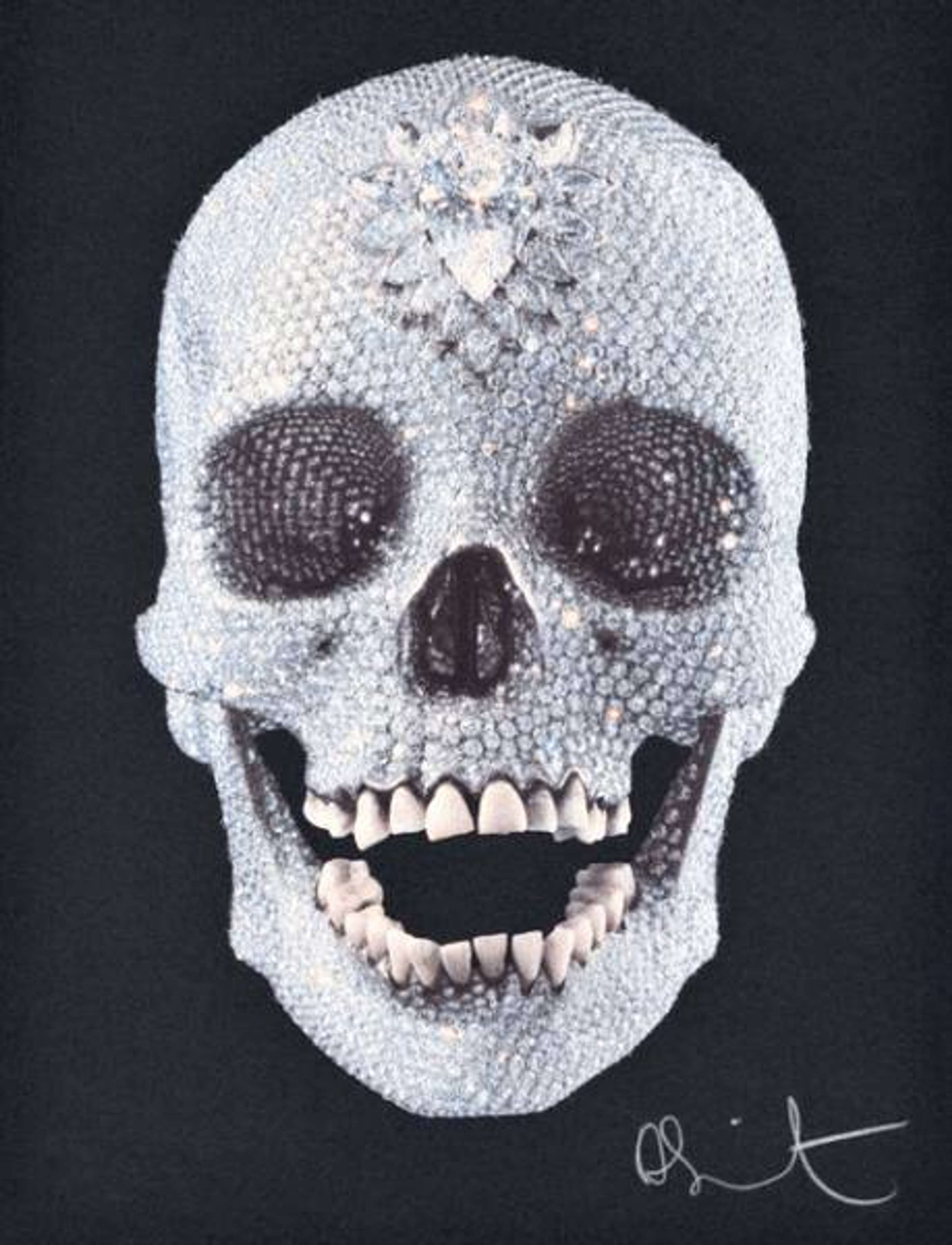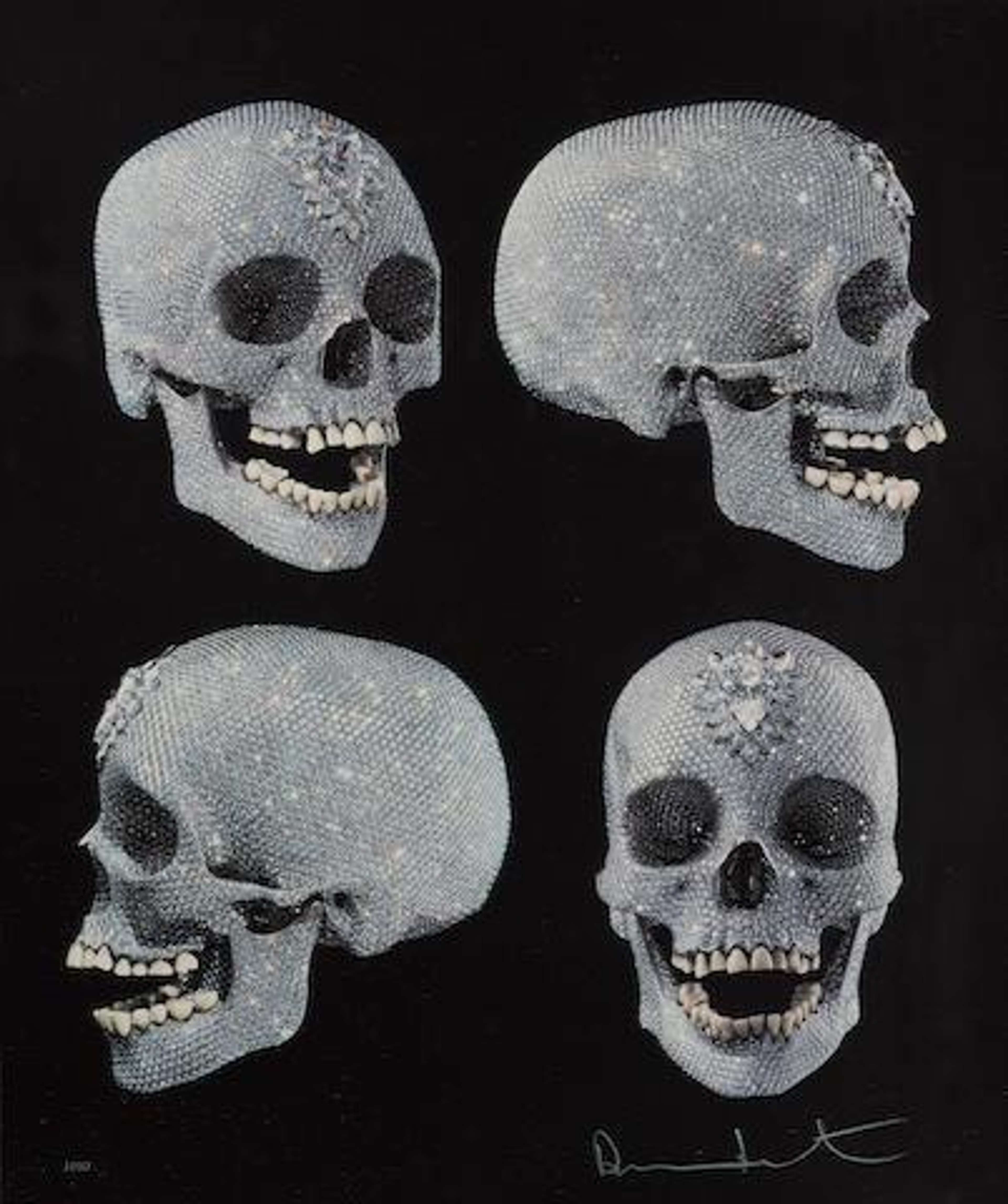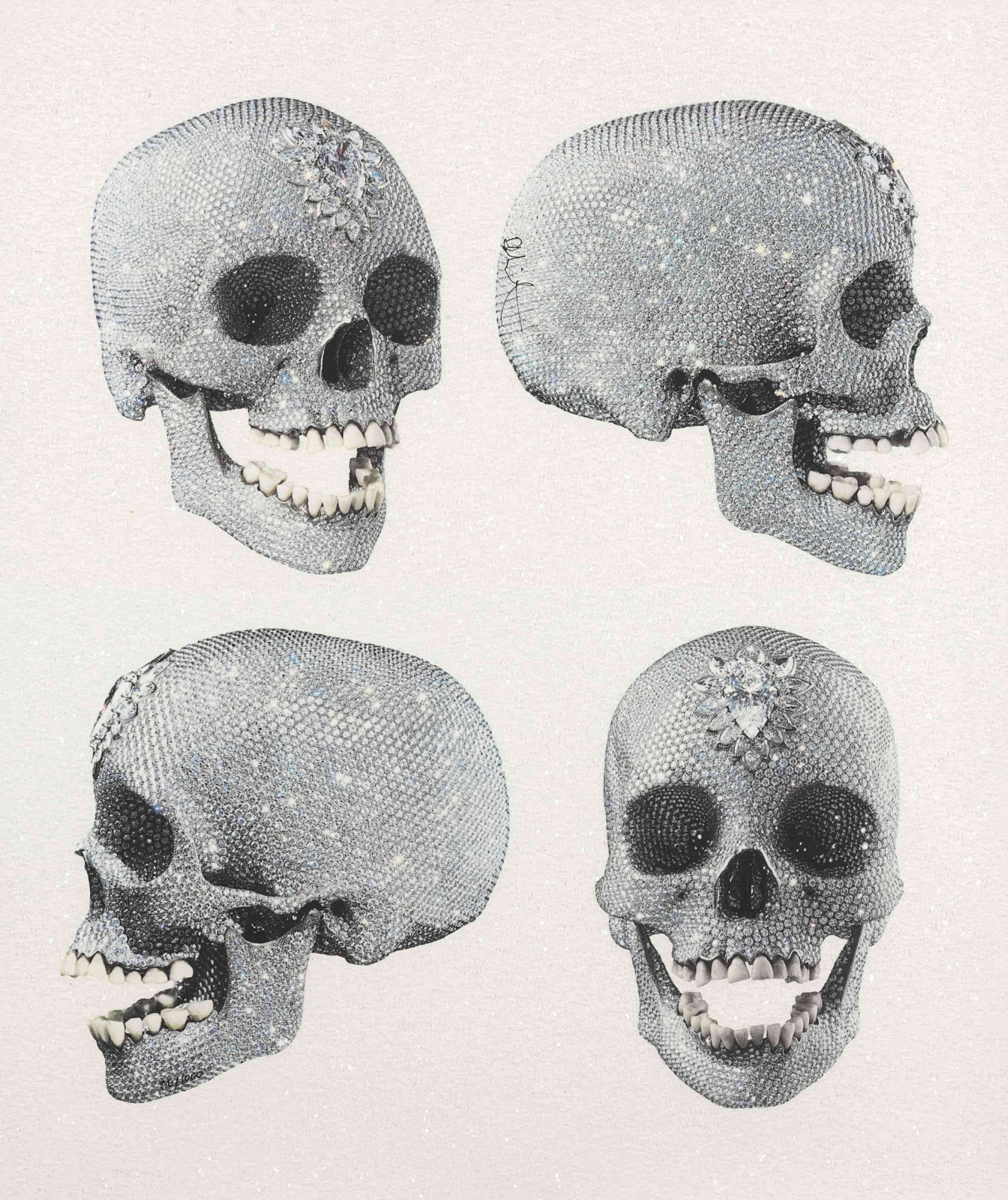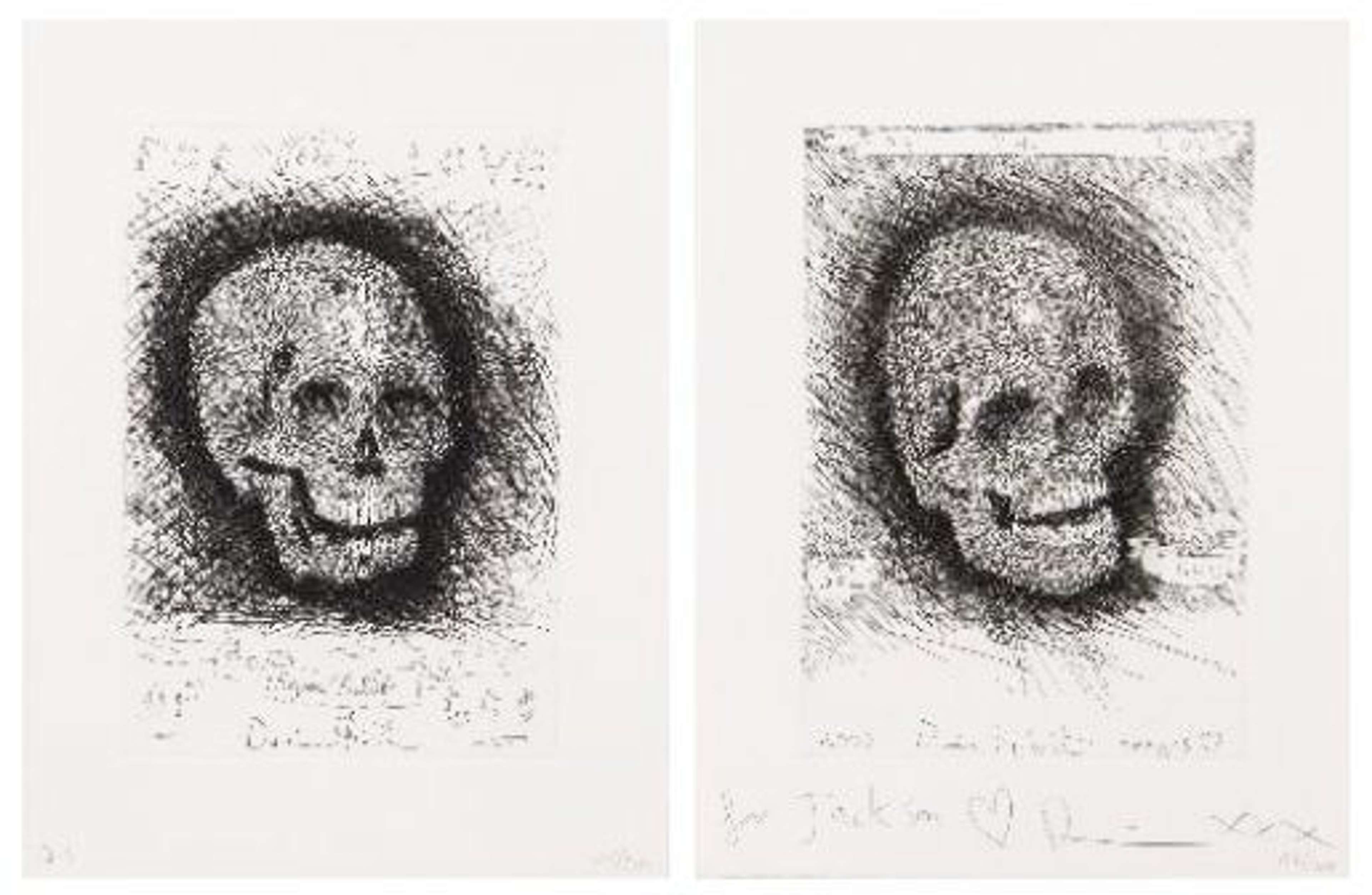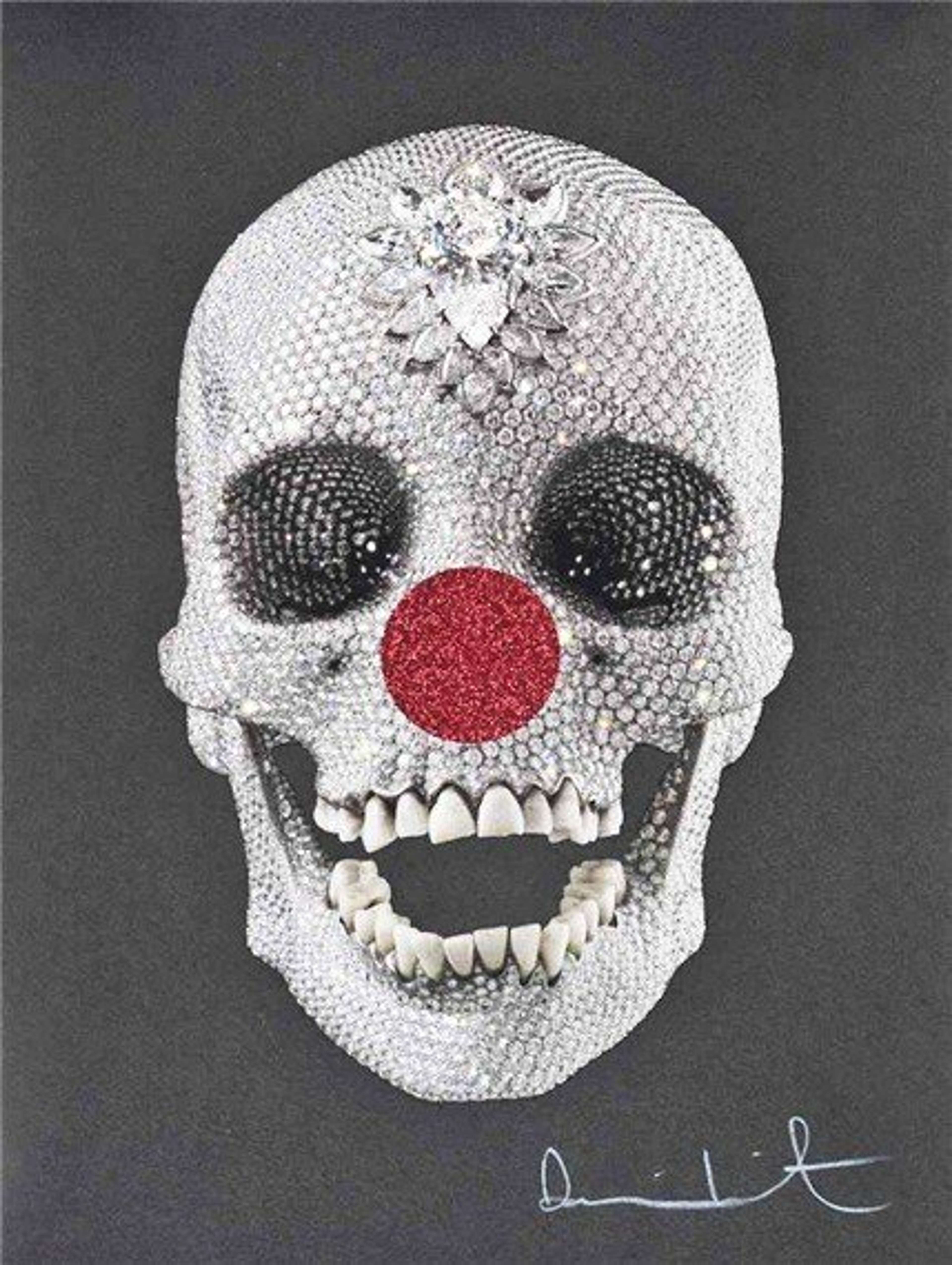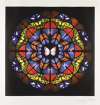For
The Love Of God
Damien Hirst’s For the Love of God series contains screen-prints depicting his 2007 diamond-encrusted skull sculpture. In line with his career-long fascination with the intersection of religion, science and aesthetics, Hirst combines momento mori imagery, illustrious excess, and clinical composition into a symbolic synthesis of contemporary culture.
Damien Hirst For The Love Of God For sale
For The Love Of God Value (5 Years)
With £70919 in the past 12 months, Damien Hirst's For The Love Of God series is one of the most actively traded in the market. Prices have varied significantly – from £654 to £18739 – driven by fluctuations in factors like condition, provenance, and market timing. Over the past 12 months, the average selling price was £3939, with an average annual growth rate of -5.72% across the series.
For The Love Of God Market value
Auction Results
| Artwork | Auction Date | Auction House | Return to Seller | Hammer Price | Buyer Paid |
|---|---|---|---|---|---|
 For The Love Of God, Laugh Damien Hirst Signed Print | 24 Sept 2025 | Sotheby's London | £3,953 | £4,650 | £6,500 |
 For The Love of God, Enlightenment Damien Hirst Signed Print | 24 Sept 2025 | Sotheby's London | £6,375 | £7,500 | £10,000 |
 For The Love Of God, Believe Damien Hirst Signed Print | 13 Jul 2025 | SBI Art Auction | £850 | £1,000 | £1,150 |
 For The Love Of God, Wonder Damien Hirst Signed Print | 26 Feb 2025 | Christie's New York | £4,250 | £5,000 | £7,000 |
 For The Love Of God (black) Damien Hirst Signed Print | 8 Jan 2025 | Lama | £2,423 | £2,850 | £3,900 |
 For The Love Of God, Pray Damien Hirst Signed Print | 19 Nov 2024 | Bonhams New Bond Street | £3,570 | £4,200 | £5,500 |
 For The Love Of God, The Diamond Skull Damien Hirst Signed Print | 24 Oct 2024 | Phillips New York | £2,550 | £3,000 | £4,100 |
 For The Love Of Comic Relief Damien Hirst Signed Print | 1 May 2024 | Bonhams New Bond Street | £2,550 | £3,000 | £3,850 |
Sell Your Art
with Us
with Us
Join Our Network of Collectors. Buy, Sell and Track Demand
Meaning & Analysis
Damien Hirst’s For the Love of God is a selection of photorealistic prints depicting the artist’s infamous 2007 sculpture of the same name. The skull in each print is covered entirely with diamonds and set with a large stone in the centre of the forehead.
This central stone was inspired by Hirst’s childhood memories of the comic 2000 AD. which he explains “used to have a character in it called Tharg the Mighty who had a circle on his forehead. He was like a kind of powerful God-like figure who controlled the universe…It kind of just looked like it needed something. A third eye; a connection to Jesus and his dad.”
Aside from For the Love of God Beyond Belief, each print in this collection is a stylistically typical representation of Hirst’s famous skull sculpture. So, For the Love of God Beyond Belief is rather unusual with its highly expressive and uninhibited style, showing us a pair of sketches of human skulls that emphasise the presence of the artist’s hand. Each of these prints show the skull sculpture set against a black, white or grey backdrop, producing a monochrome effect across the entire collection.
As the title of the collection indicates, Hirst is fascinated by religion, and his work addresses the endless renewal of faith, even in the face of mortality. The iconography of the skull and the diamond in this collection synthesises Hirst’s fascination with the intersection between religion, aesthetics and science that govern humanity.
Moreover, the title of this collection and the original 2007 sculpture stem from exclamations that Hirst’s mother would make when hearing of his new works as a young artist. Hirst explains: ‘She used to say, “For the love of God, what are you going to do next!”’
